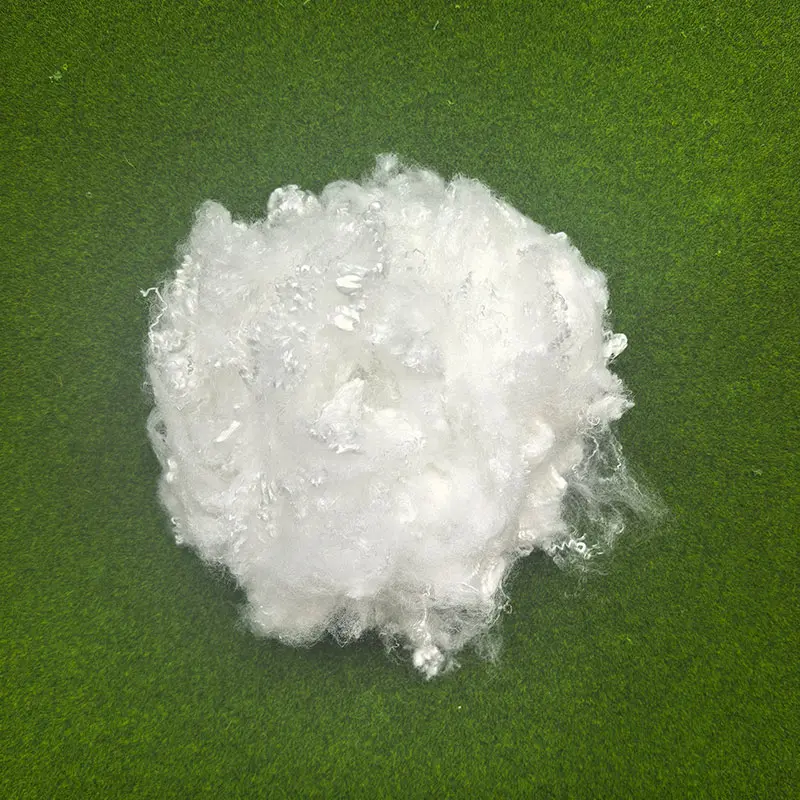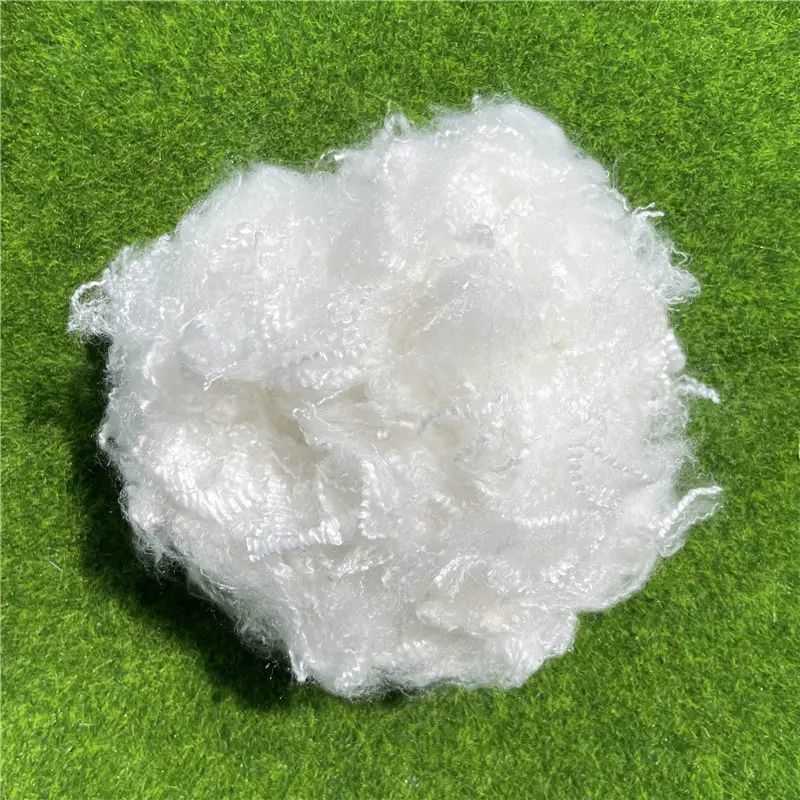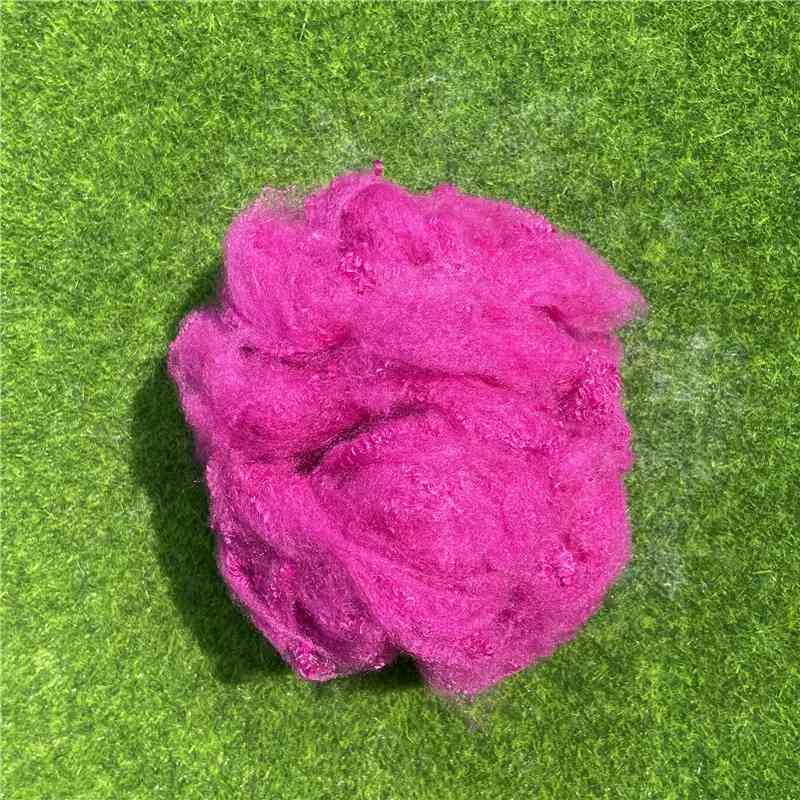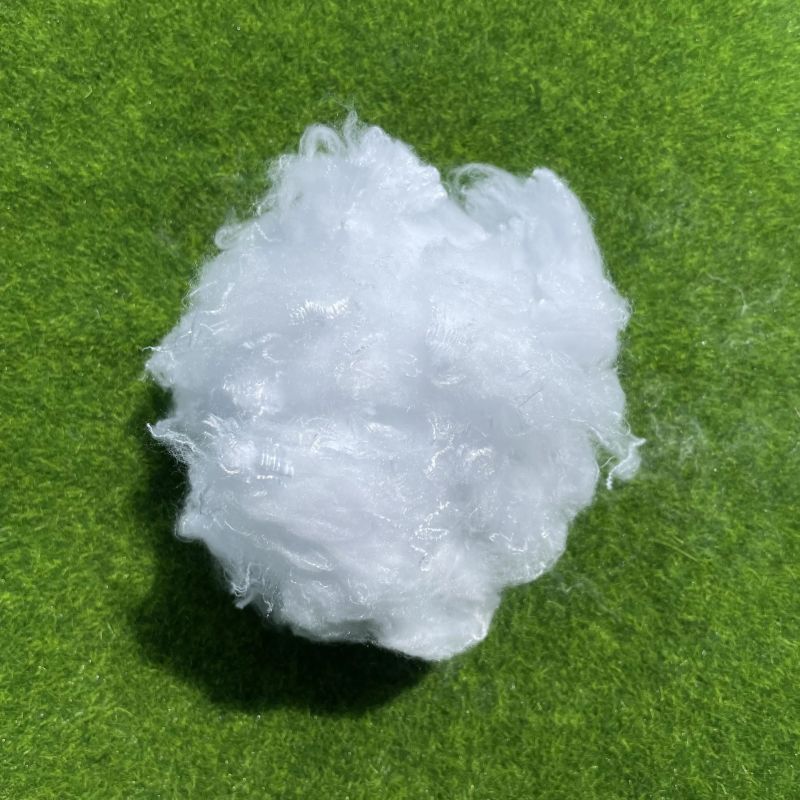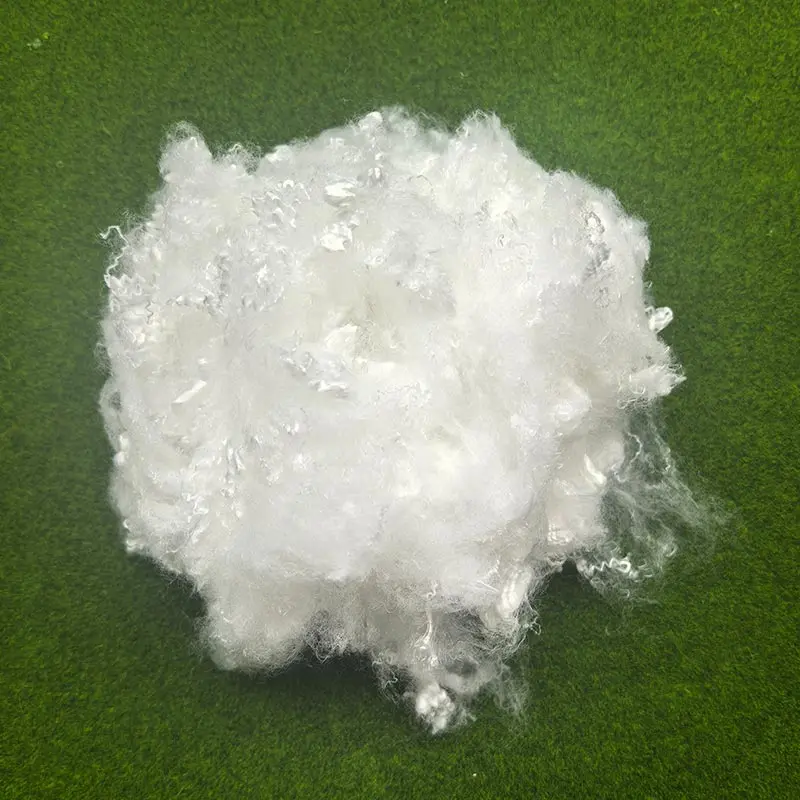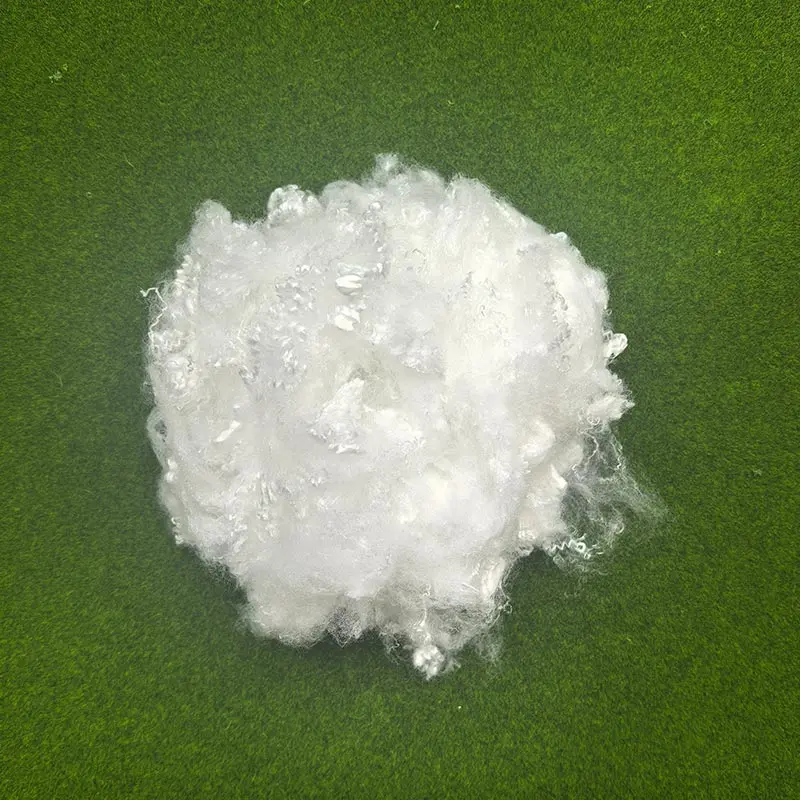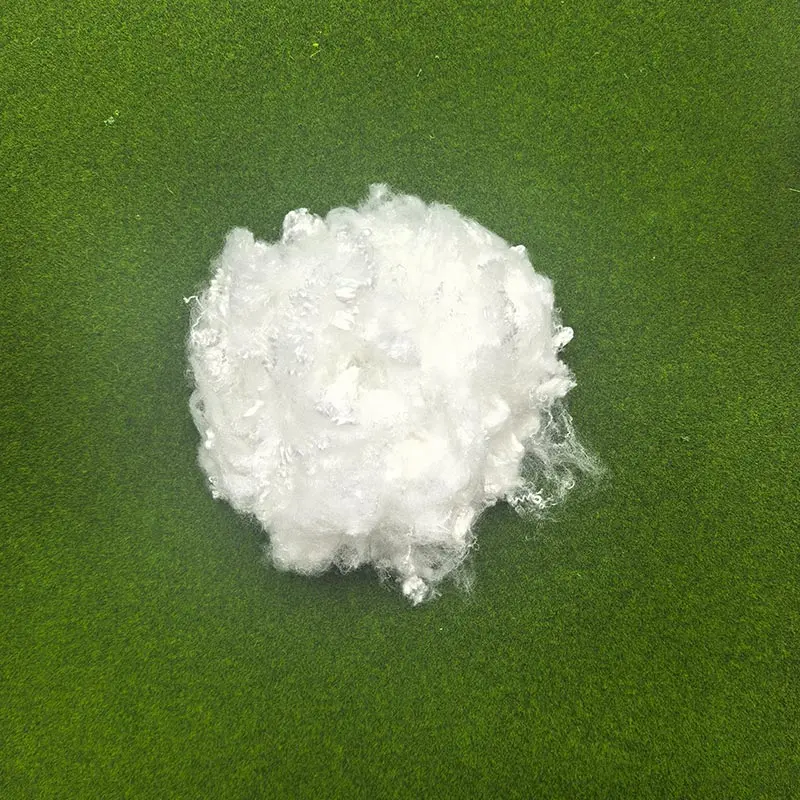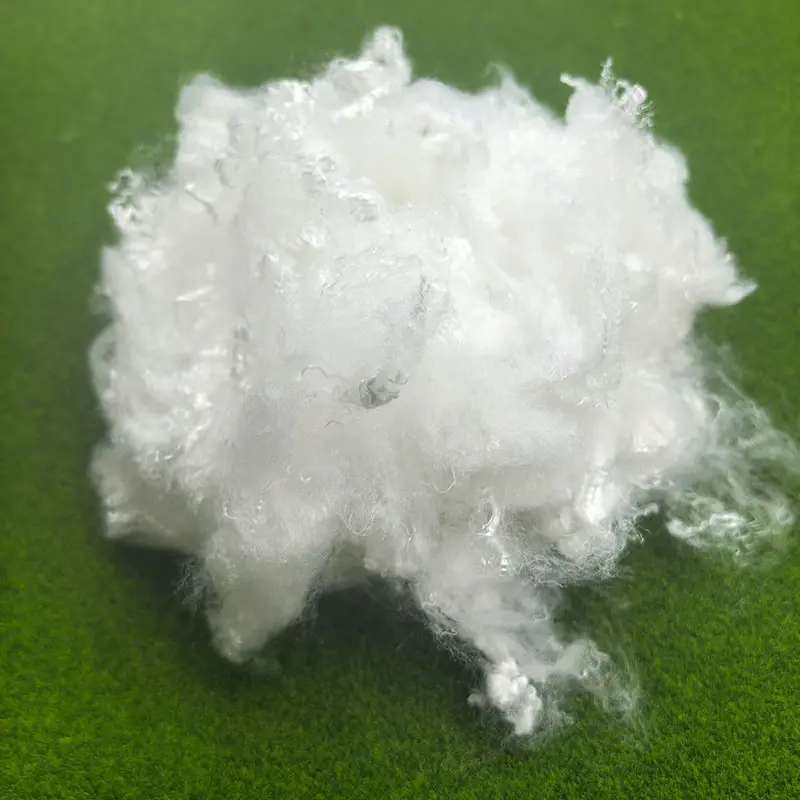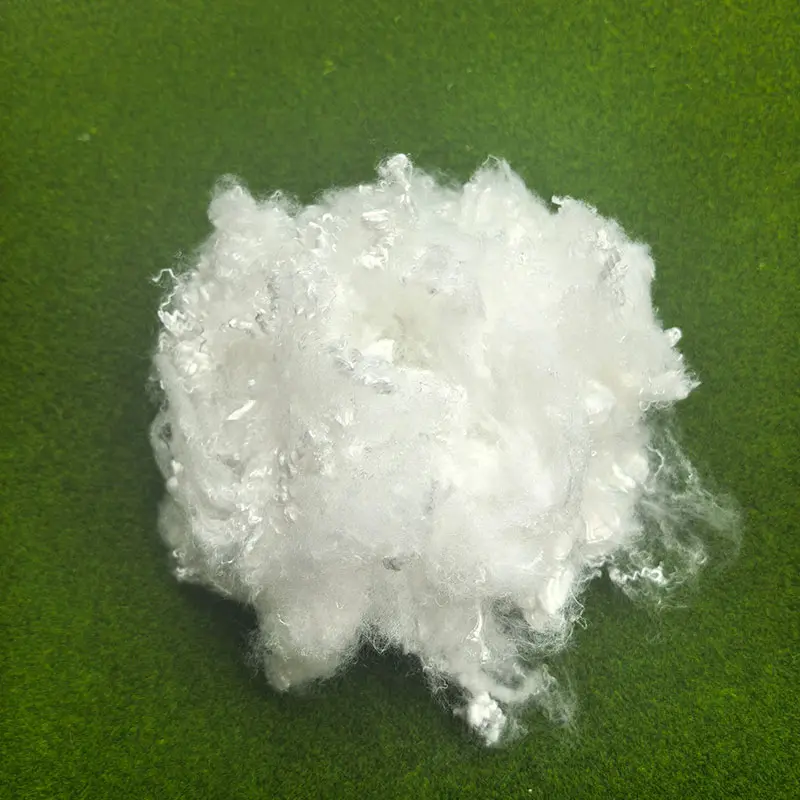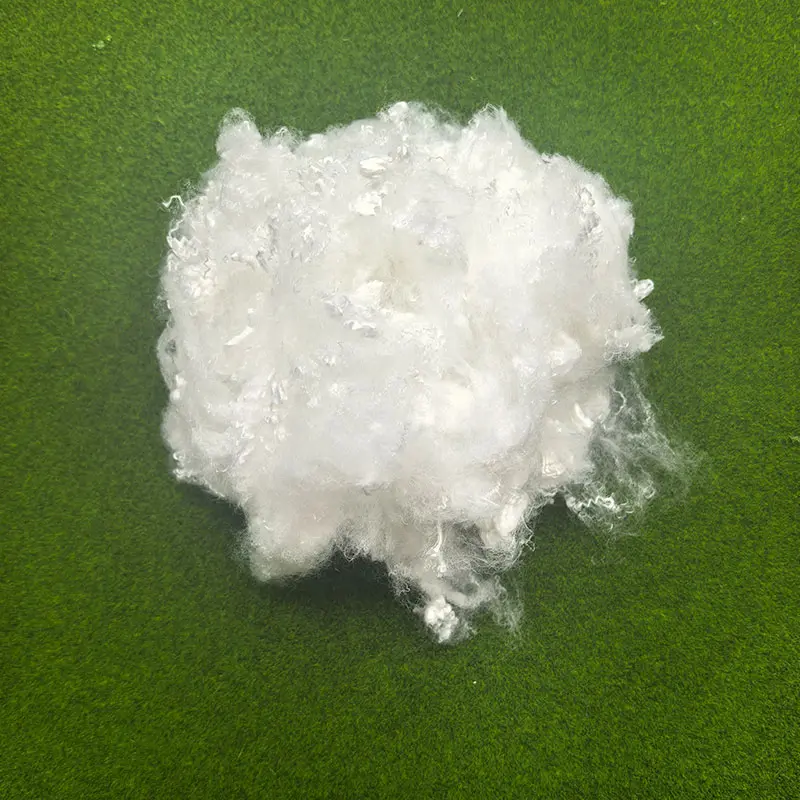Low-melt polyester staple fiber/Low-melting polyester staple fiber
Short Description:
- Type: Low-melt 100% Virgin Grade Polyester Staple Fiber
- Color: Raw white
- Feature: Eco-Friendly, low-melt point
- Use: Home textiles, home furnishings, sound-absorbing panels, car interiors, hard cotton, imitation silk cotton, coconut palm mats
≡ Product Description
Low melting point fibers generally refer to skin core or parallel structured fibers that can melt and produce bonding when heated to 110 ℃~150 ℃, and are important raw materials for producing non-woven materials using thermal bonding technology. Before processing, the low melting point fibers are thoroughly mixed with the main fibers in a certain proportion and then laid into a fiber mesh with a certain thickness through processes such as loosening and combing. During processing, at temperatures lower than the main fibers, the low melting point fibers partially melt at the intersection for uniform and effective fusion bonding, allowing the main fibers to bond together and maintain their original state. In this way, the inherent mesh structure of nontextile materials is maintained, and the physical and chemical properties of the main fibers are fully utilized. Therefore, low melting point fibers are gradually replacing chemical adhesives in thermal bonding processes due to their green environmental protection and good safety.
≡ Product Parameters
| Length | Fineness |
| 51MM | 2D~4D |
≡ Product Parameters
low melting point fibers are gradually replacing chemical adhesives in thermal bonding processes due to their green environmental protection and good safety.
Application: Home textiles, home furnishings, sound-absorbing panels, car interiors, hard cotton, imitation silk cotton, coconut palm mats, etc
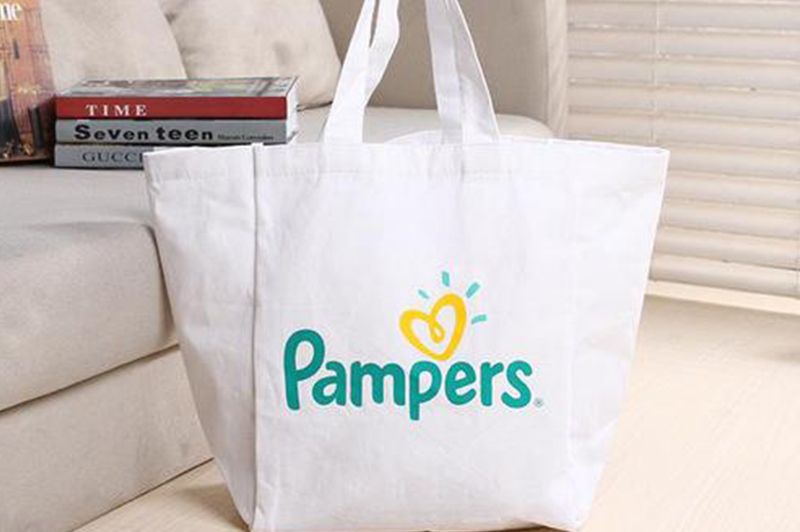 |
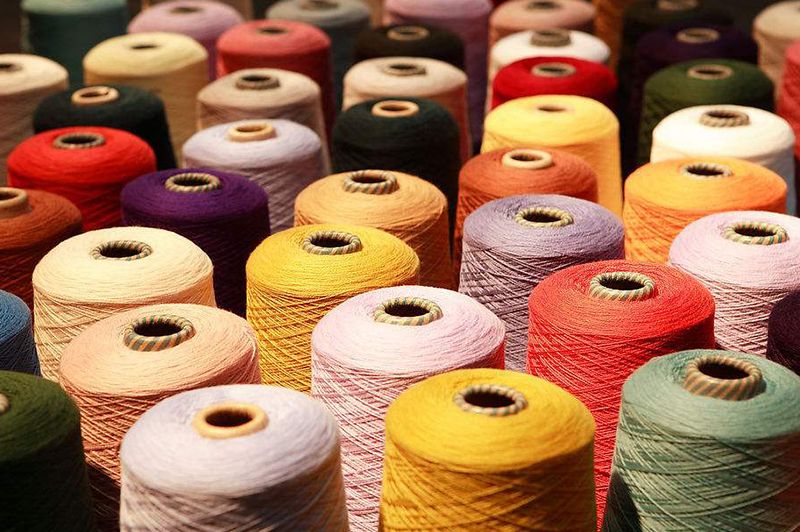 |
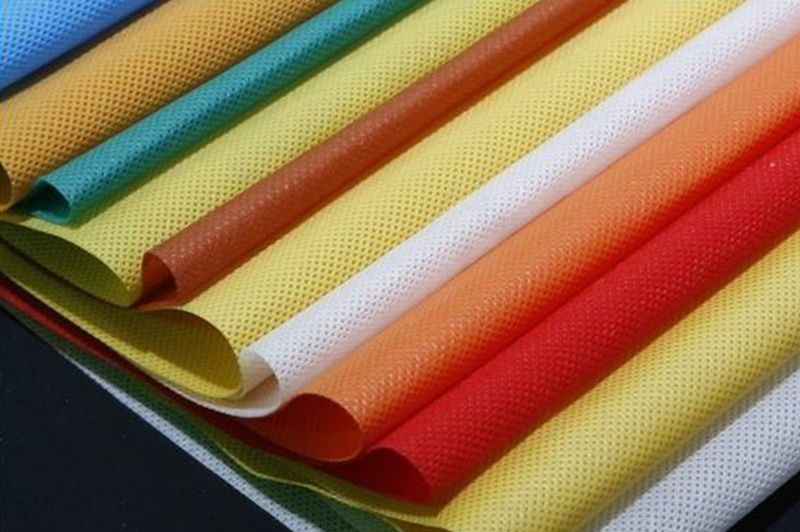 |
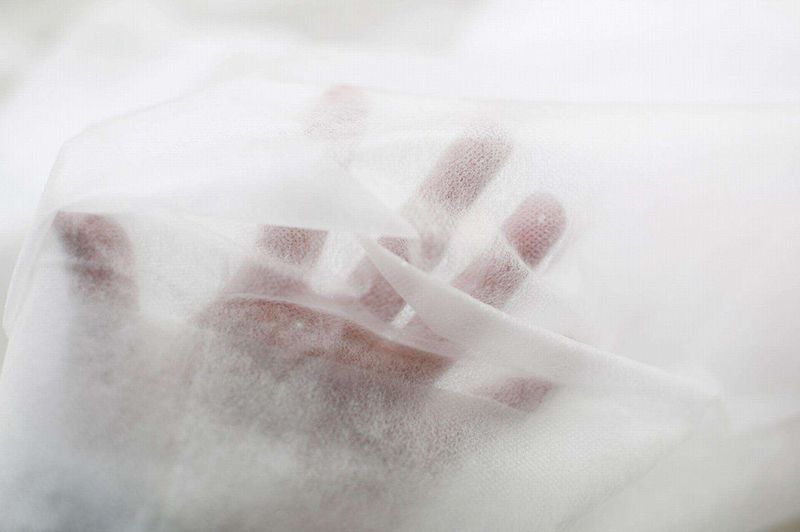 |
≡ Work Shop
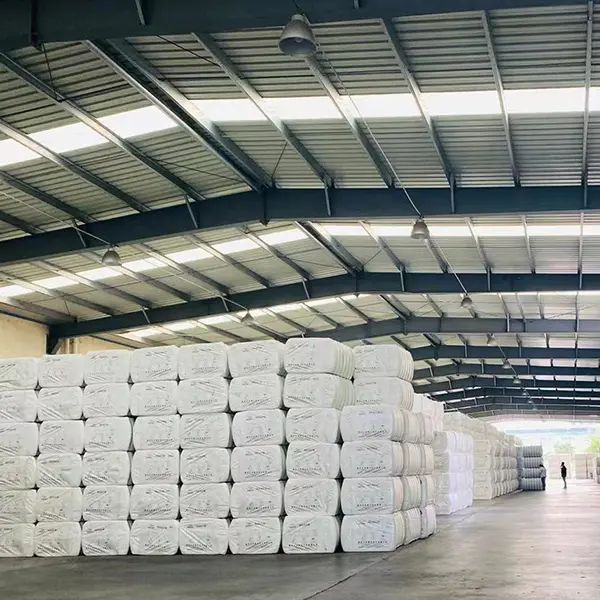 |
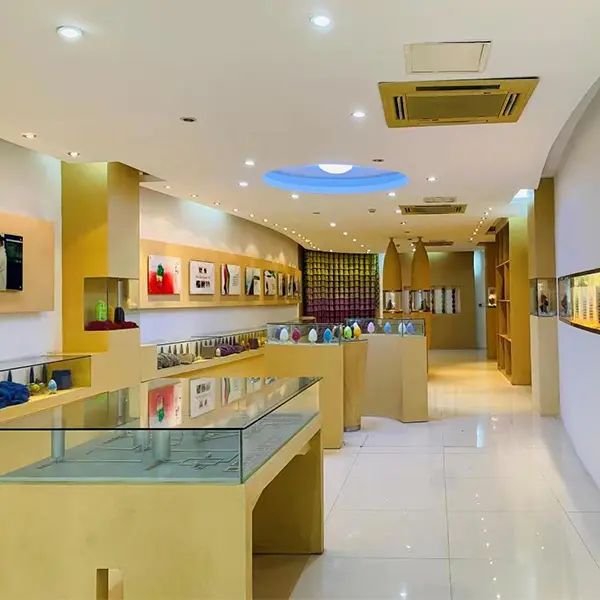 |
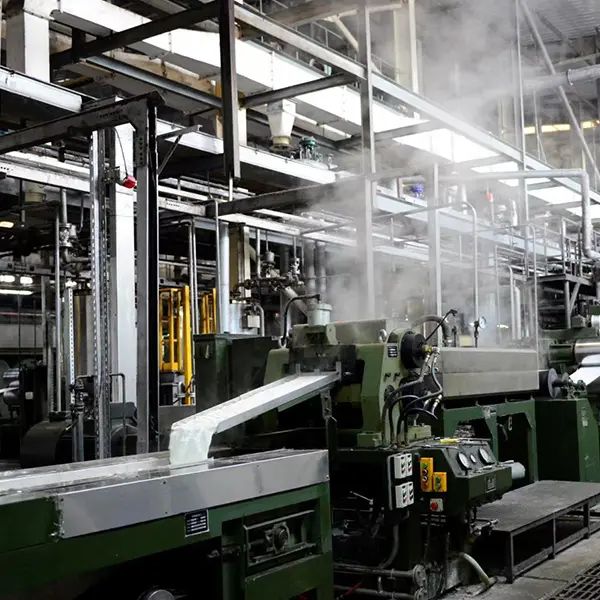 |
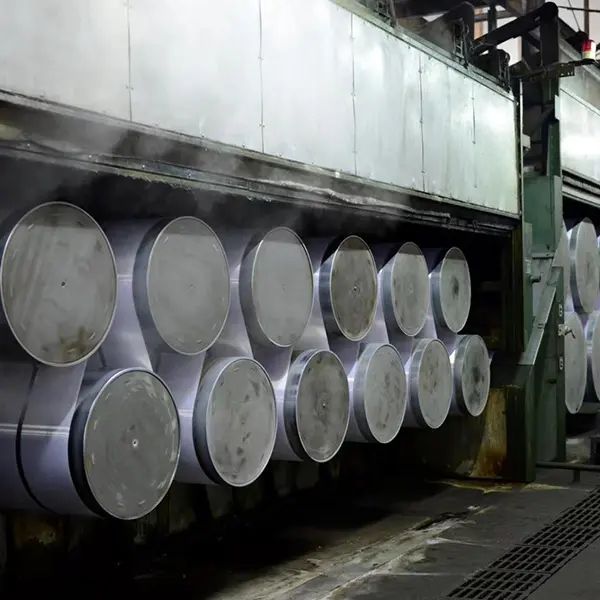 |
≡ Product Advantages
The features of low-melt fiber :
1. Good bonding performance
2. Eco-friendly
3. Advanced production line, complete product specifications
4. Excellent quality and stable performance
≡ FAQ
1. What is the design principle of your products?
Responsibility, value, stability, cost-effectiveness
2. Who are your products for and in which markets?
Various groups of people, textile markets
3. How do your customers find your company?
Through exhibitions, referrals from regular customers, and websites
4. Which countries and regions are your products currently exported to?
Southeast Asia, Middle East, Europe, South America
5. Do your products have the advantage of cost performance and what are the details?
The raw materials are imported materials and recycled bottle flakes, the procurement volume is huge, and materials with price advantages are purchased through futures and prepared in advance.

